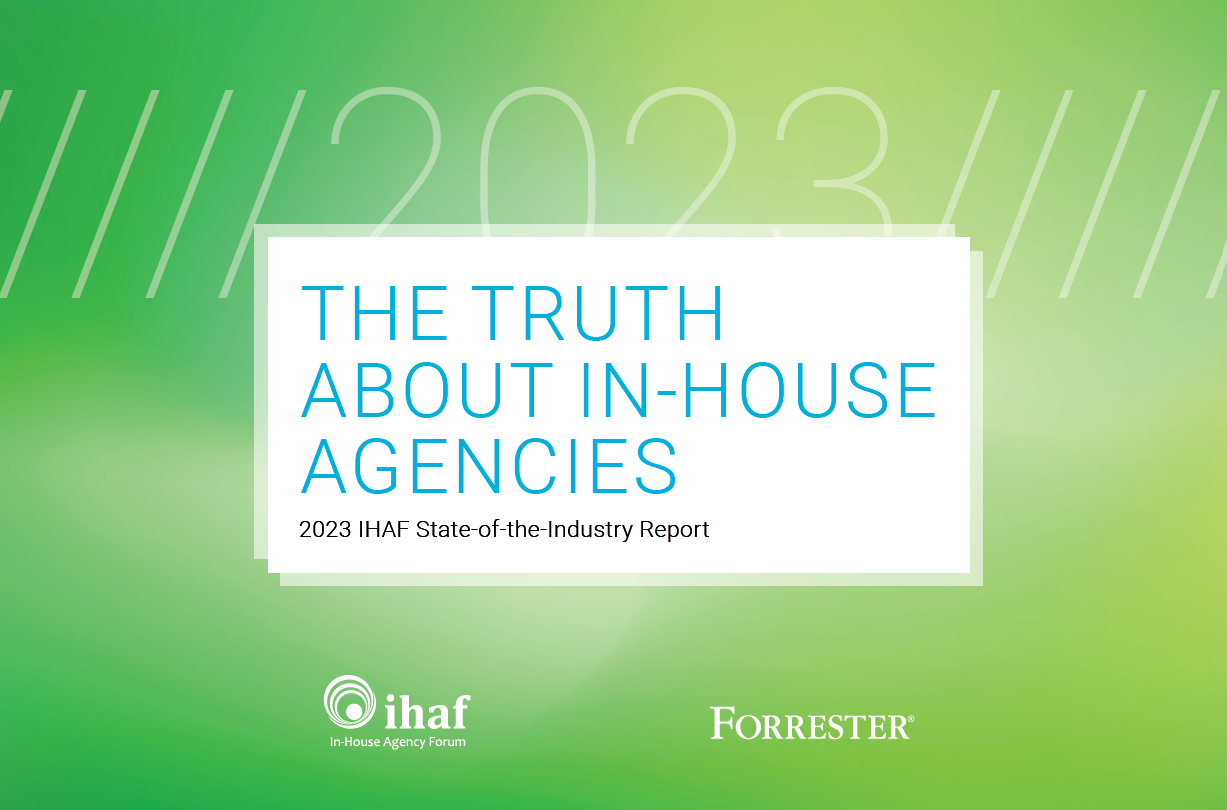32 T-Shirts: The Importance of Image Metadata

Let’s face it—adding metadata to your images can be a pain. No one really wants to do it. So, it’s not uncommon for people to assume someone else in the digital asset workflow will handle it. In such cases, metadata tagging falls between the operational cracks, which means it may not get done at all.
Metadata, or the content about the content, is often more important than the image itself. Image metadata is not only restricted to the technical information about what equipment was used to take the shot or who took it or when; it’s the framework to both extract information about what is contained in the image and provide a way to make the image searchable, findable and useful.
There is a common misconception that placing an image on the web is a one-time act without the need to retrieve it later. Unfortunately, this mindset doesn’t work in a corporate environment where the inability to recover and reuse valuable assets can have a significant negative impact on efficiencies and expenses.
The absence of metadata makes it almost impossible to find and reuse an image or other content assets. An example is the case of the 32 T-shirts. In conducting an audit after implementing a new digital asset management (DAM) system with an aligned metadata governance policy, a holding company that manages several well-known clothing brands discovered that the same basic white T-shirt was being photographed by multiple groups within the company multiple times a year, without any of them knowing it. Without metadata, no one realized the images they were paying to produce already existed within the company.
Metadata is nothing to be afraid of. In fact, metadata has become part of everyday communication as we apply tags to our social media messages and posts to help others find them. We should be applying the same approach to the digital assets we use in business.
Assigning metadata to our images, videos and more should be part of our everyday workflow. Designing production workflows where an image can’t progress or be used unless certain metadata fields are applied could help, but it may also lead to inconsistencies since repetitive tagging is subject to human error. People also call similar things by different names. For instance, a hotel chain found that its staff referred to the rooms where guests stay as guest rooms, bedrooms and suites. All of which meant they were applying different metadata labels to the same images.
One way to avoid this sort of inconsistency is through the use of artificial intelligence (AI) and machine learning (ML) tools to extract information from images and do the repetitive work of applying it to the metadata in consistent ways. While some AI services can provide a good foundation, they often give broad generic results such as “white,” “t-shirt,” and “clothing.” These tags may help with search results but fall short of what’s needed to add real value to your assets.
The addition of ML tools allows you to build AI models that can extract information specific to your business. If we go back to the fashion company with multiple brands and 32 images of the same T-shirt, information such as brand label, stock unit (SKU), seasonal campaign, the model wearing the shirt, and more could be extracted. Add to this a human-in-the-loop activity where subject-matter experts can verify AI results that fall below a particular confidence level, and you can quickly build a process that results in more-accurate, context-correct metadata.
With accurate metadata in place, your assets will be more searchable, findable and useable. Moreover, you’ll eliminate unnecessary duplication of cost and effort. Using ML, you can also start to unlock the real business value of what’s captured in your images.
Nuxeo is an IHAF supplier member that provides a content management platform solution to in-house agencies. Visit their website to learn more.
- advertising,
- agency,
- artificial intelligence,
- association,
- brand,
- CMO,
- client,
- communications,
- content,
- corporate,
- creative,
- digital,
- digital asset management,
- IHAF,
- in-house,
- inhousing,
- insource,
- internal,
- leadership,
- machine learning,
- marketing,
- management,
- media,
- membership,
- metadata,
- networking,
- professional,
- social,
- trends
Recent Posts

In-House Data: Fact or Fiction?
October 16, 2023
I’m going to be honest with you, which I always am but this time it’s scary honesty. There are a lot of in-house agency research reports out there. And not all of them contain data that are close to the integrity of the studies IHAF publishes—the next of which drops at the IHAF conference on …

IHAF Wrapped
December 20, 2023
One of our favorite things to do at year-end is look back at the events, presentations, and online resources our members tapped most. (Why should Spotify have all the fun?) Here are a few of your favorites in 2023:
• New Assortment of Org Charts Download • Updated Job Profiles …











No Reader Comments